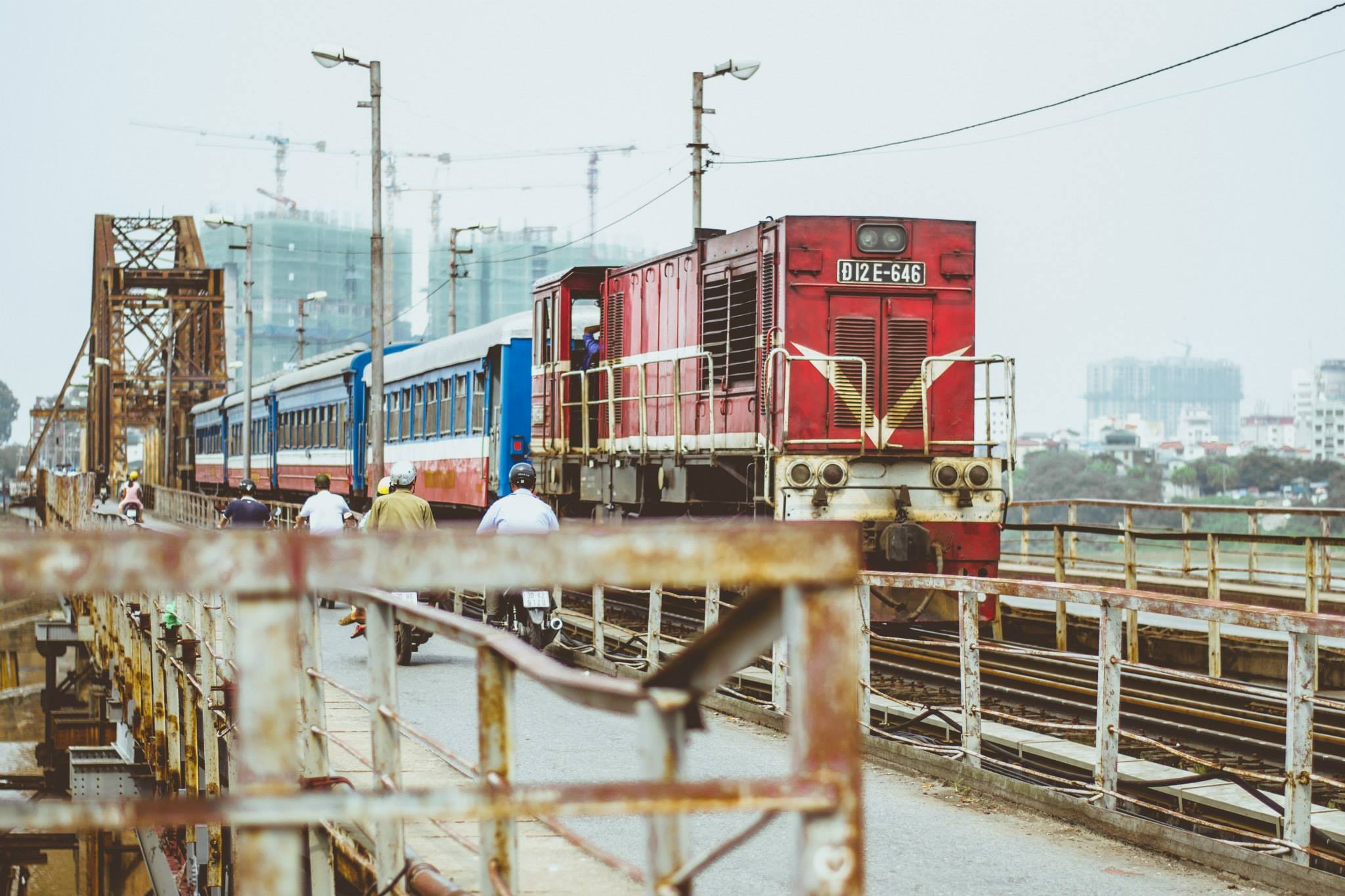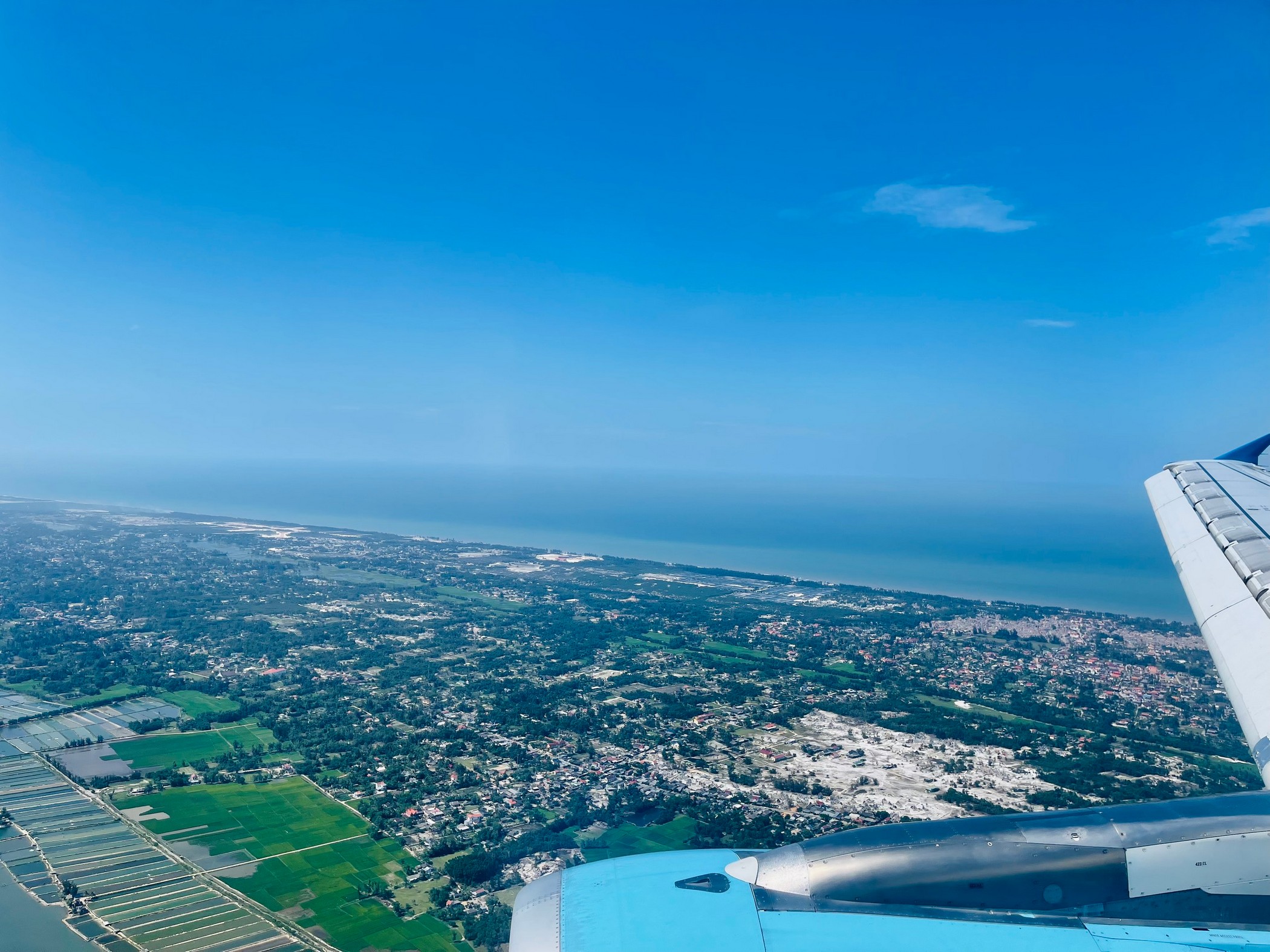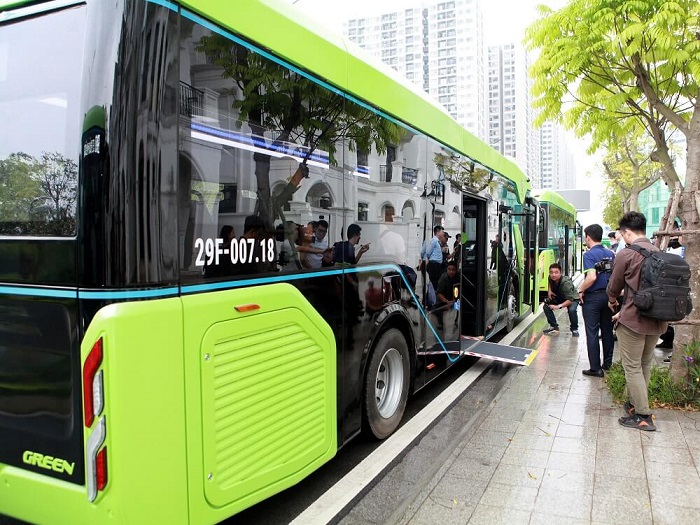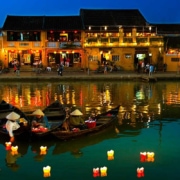
Access and Transportation
BY AIR
Travelling to Vietnam by air is quite easy as many airlines offer direct or indirect flights and more and more airports in Vietnam are open to international destinations. The major international airports are:



- Noi Bai in Hanoi, around 45 minutes far from the city center (about 45km)
- Cat Bi in Hai Phong city
- Van Don in Halong
- Danang airport is 4km far from the city center
- Cam Ranh airport is around 40 minutes from Nha Trang city center (about 30km)
- Tan Son Nhat is just 20 minutes far from the Ho Chi Minh center (about 6km)
- A Pa Chai (Dien Bien) – by land
- Mong Cai (Quang Ninh) – by land: located at the northeast end of the country, this land border is accessible by road.
- Huu Nghi (Lang Son) – by land: located 18 km from Lang Son city.
- Dong Dang (Lang Son) – railway
- Lao Cai (Muong Khuong, Lao Cai) – by land or railway: accessible by train from Hanoi, the route goes via the Ha Khau bridge.
- Thanh Thuy, Xin Man (Ha Giang)
- Ta Lung (Cao Bang)
- Tay Trang (Dien Bien): over 30 km far from Dien Bien Phu city on the route to Savannakhet, Lao
- Keo Nua (Ha Tinh): 80 kilometers far from the Vinh city on the route to Vientiane, Laos’ capital city
- Cha Lo (Quang Binh): in Dan Hoa province, accessible via the road 12A from Ba Don - Quang Binh province
- Lao Bao and La Lay (Quang Tri)
- Na Meo (Thanh Hoa)
- Nam Can (Nghe An)
- Po Y (Kon Tum)
- Sa Mat, Le Thanh (Gia Lai), 75 kilometers far from the Tay Ninh city
- Tinh Bien (An Giang), at 25 kilometers far from Chau Doc city
- Vinh Xuong (An Giang): Enables access directly to the Cambodian seaboard
- Hoa Lu (Binh Phuoc)
- Dinh Ba (Dong Thap), over 100 kilometers far from Cao Lanh city
- Ha Tien (Kien Giang)

- PLANE
- BUS

- MOTO-TAXI
- MOTORBIKES

- BIKES
- TRAIN
- CAR
Recent Posts
tour-manager
Things to do in Hoi An
tour-manager




